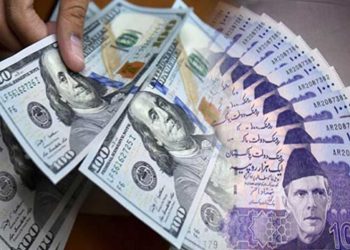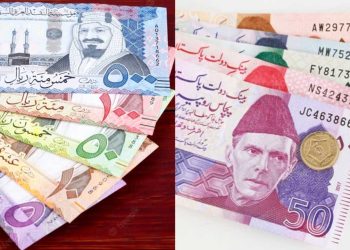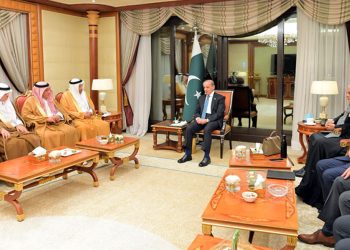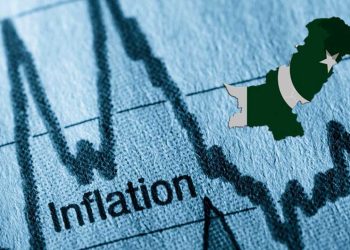The Ministry of Economic Affairs has reported that External borrowings of Pakistan soar to $16.3bn. Pakistan has received around $16.3 billion in foreign loans in the first eleven months of the current fiscal year (11MFY22).
This figure is around seven percent higher than the external borrowings received in the comparable period last year. In May alone, Pakistan received $505 million from foreign inflows. These figures come amid external account challenges.
It is important to note that the $1.8bn in Naya Pakistan Certificates from overseas Pakistanis is not included in the MEA report. Additionally, the $1bn in IMF-secured loans that flowed in February is not reported by the MEA. These loans are instead reported separately by the State Bank of Pakistan.
Despite this, the monthly MEA report still showed that the government crossed 96% of the $14.09bn target for foreign assistance set for the fiscal year.
The total international debt received over the past four years starting July 2018 surged to about $58bn, including about $57bn during the tenure of PTI ending April 10. This also included about $5bn from the IMF.
According to data from the Ministry of Economic Affairs, the size of foreign loans taken out by the government has been steadily increasing over the last three and a half years. In fiscal year 2019, the amount was $10.59 billion, and it rose to $10.662 billion in 2020.
In 2021, it reached $14.28 billion, followed by $13.54 billion in the first 11 months of fiscal year 2022. This demonstrates the government’s heavy reliance on foreign loans to finance its rising current account deficit and maintain foreign exchange reserves.
The government’s annual budget target for foreign debt was set at $14.088bn in the federal budget for 2021-22, indicating a reliance on borrowing to meet financial obligations. In 11MFY22, the government borrowed $13.54bn, with total borrowing for FY21 amounting to $14.3bn.
There are four major sources of foreign inflows, including $4.255bn from multilateral lenders, $3bn from time deposits, $2.623bn from commercial loans from private banks, and $2.041bn from international bonds.
The report indicated that the government had received inflows totaling $9.181 billion for budgetary support and $1.29 billion in short-term credit, which brought the total amount of non-productive (non-project) assistance to $10.5 billion for the eleven-month period ending in FY22.
This was compared to a full-year target of $12.16 billion, implying that more than 86 percent of the total loans were obtained for oil imports, budget financing, and foreign exchange reserve building.
Additionally, approximately $1.95 billion was secured against various foreign-funded projects and approximately $1.03 billion was for public guaranteed loans.
The data showed the government secured $2.04bn through international bonds against a full year budget target of $3.5bn. On top of that, the government also obtained $2.623bn in commercial loans from international banks against a full year budget target of $4.87bn.






